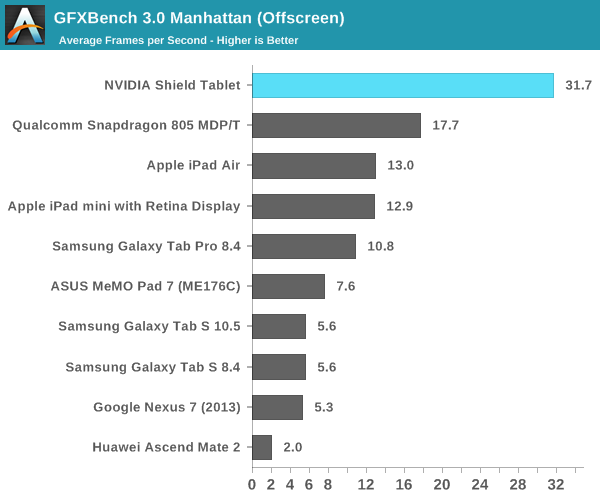Discussion of Tegra's roadmap
with the number of reactions, it seems that I'm not the only one to have interpretations problems... oh wait, maybe we just all understand perfectly
anyway, discussion closed for me, back on technical stuff
In Nebu's post about the EDP driver he was very clear about the peak draw and how it was governed, and the fact the current SKUs were limited to less by the driver and the thermal budget.
His posts didn't need to concern themselves with perf/watt either. Stop picking holes in what he posted because you couldn't interpret it properly.
with the number of reactions, it seems that I'm not the only one to have interpretations problems... oh wait, maybe we just all understand perfectly
anyway, discussion closed for me, back on technical stuff


